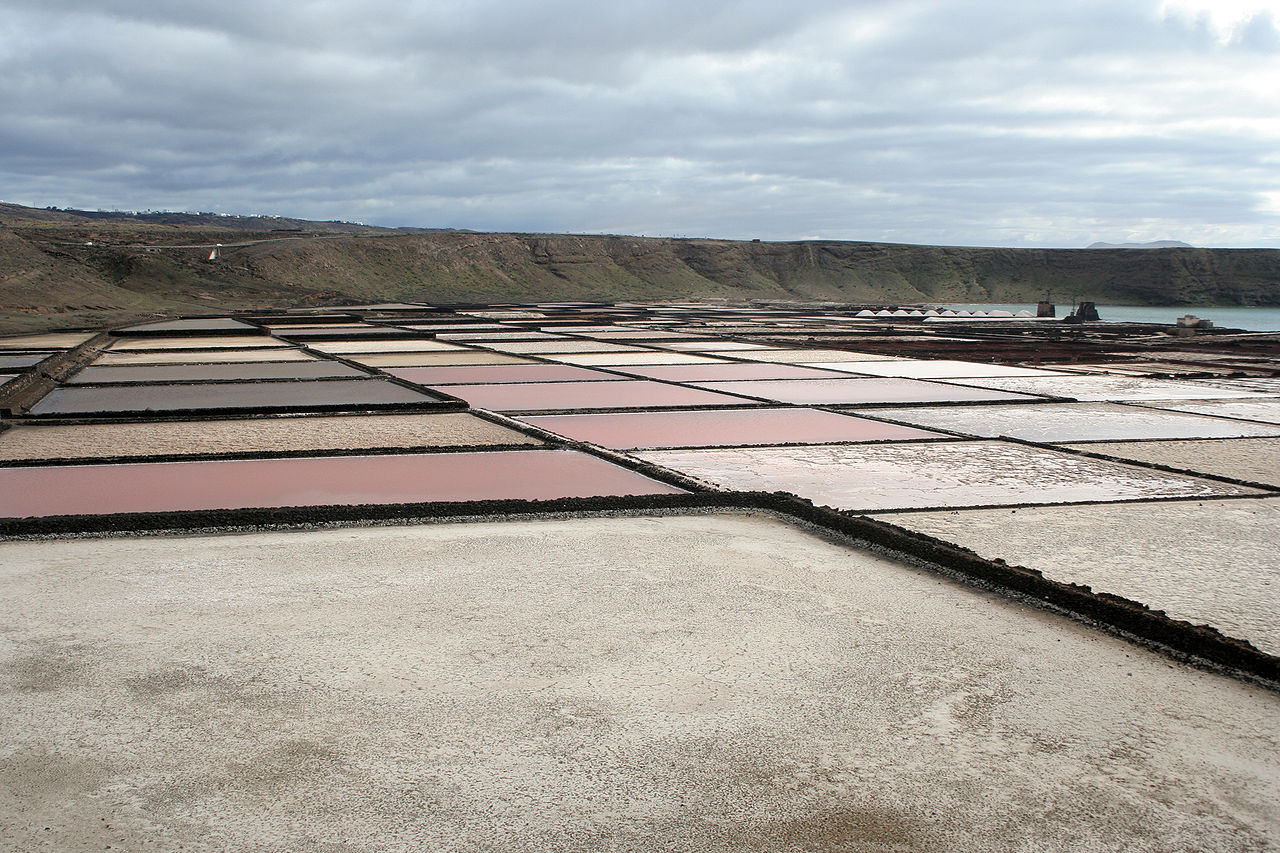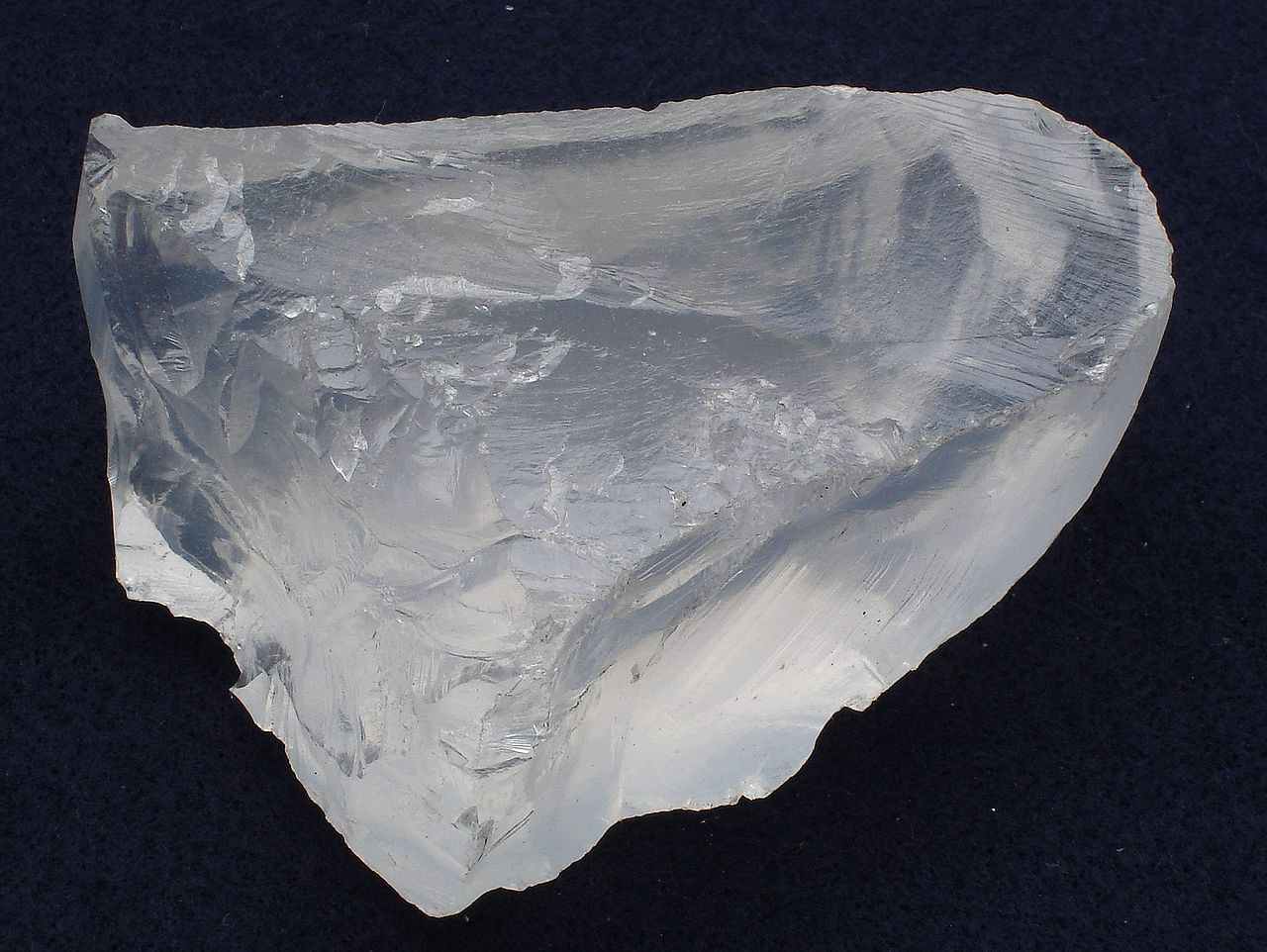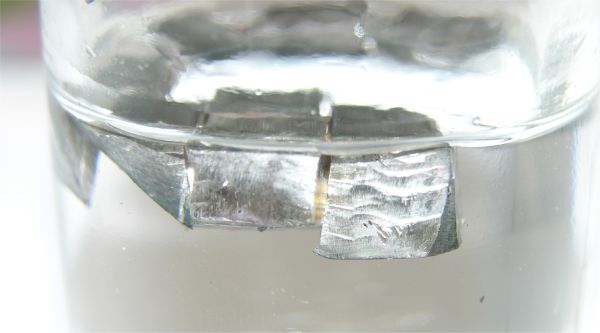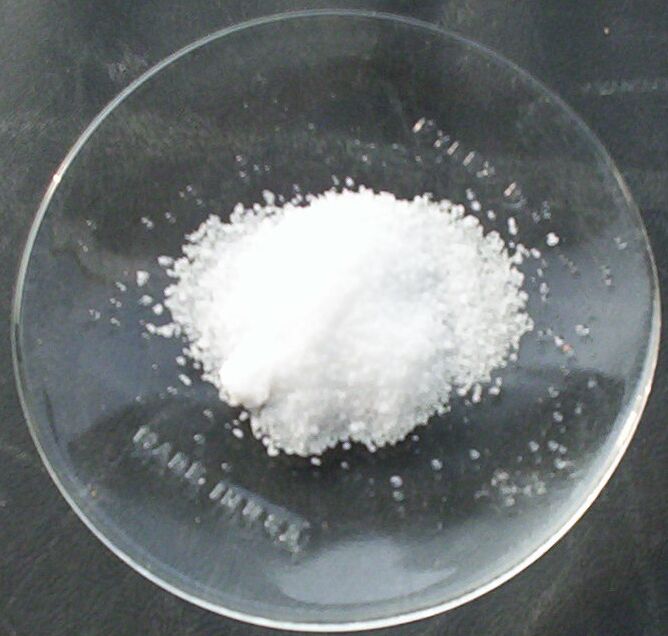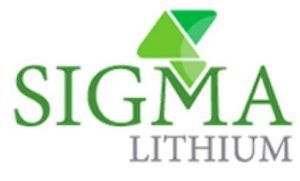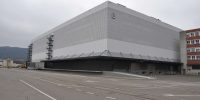Lithium Market Report September 2019
Lithium is the most coveted star in the current metal sky. As a result of global rethinking towards electromobility, the demand for lithium has increased in almost all its forms. Nevertheless, lithium prices are stagnating to falling.
The price pressure on lithium has been caused by an overproduction of Chinese producers, who currently seem to hold a key position in electromobility.
The world's largest lithium deposits are located in Argentina, Peru, Australia, Bolivia and China. The world's largest lithium producers are Argentina, USA, Australia and China.
| Worldwide production in Mt. | 2014 | 2015 | 2016 | 2017 | 2018 | Li in mining in Mil.Mt | Estimated Reserves in mil. Mt |
| Bolivia | nv | nv | nv | 65 | 9.000 | 9.000 | |
| Chile | 11.500 | 10.500 | 14.300 | 14.100 | 16.000 | 7.500 | 8.400 |
| People's Republic of China | 2.300 | 2.000 | 2.300 | 3.000 | 8.000 | 3.200 | 7.000 |
| Australia | 13.300 | 14.100 | 14.000 | 18.700 | 51.000 | 2.700 | 5.000 |
| Argentina | 3.200 | 3.600 | 5.800 | 5.500 | 6.200 | 2.000 | 9.800 |
| Portugal | 300 | 200 | 400 | 400 | 800 | 60 | 100 |
| Brazil | 160 | 200 | 200 | 200 | 600 | 48 | 180 |
| United States | nv | nv | 3100 | 3300 | 4000 | 35 | 6.800 |
| Zimbabwe | 900 | 900 | 1000 | 1000 | 1600 | 23 | 500 |
| Welt | 16.000 | 53.800 |
Where does lithium come from?
For decades industrial lithium production has relied on mineral ore sources such as spodumene, petalith and lepidolite. The extraction of lithium from these raw materials, however, is significantly more expensive than the extraction of the metal from lithium-containing sols. In fact, the cost of extracting lithium from hard rock is estimated to double that used to produce brine, which is why most of these sources have been pushed out of the market since the beginning of the 2000s.
Salarsols can be defined as underground reservoirs with high concentrations of dissolved salts such as lithium, potassium and sodium. They are usually under the surface of dried out sea beds, the so-called salars.
Lithium is usually made from brine, spodumene and clay. However, there are new forms in the advancement of technological possibilities that can facilitate the extraction.
What is lithium?
Lithium is a metal that is commonly used in the manufacture of batteries used in laptops, mobile phones, and other digital devices. The metal is also used in aircraft construction and for certain drugs for the treatment of mental illness. When processed into lithium carbonate, it can treat bipolar disorders.
1817 was first discovered by the Swedish chemist Johan August Arfwedson. However, Arfwedson was unable to isolate the metal when he realized that Petalith contained an unknown element. 1855 succeeded the British chemist Augustus Matthiessen and the German chemist Robert Bunsen to separate them.
It is one of the lightest and softest metals we know about. It can even be cut with a knife. Due to its low density, lithium can even float in the water.
Lithium processing from brine
Most of the lithium found today is extracted from salt deposits in regions of southwestern South America and China.
In order to recover lithium from brines, the saline water must first be pumped to the surface in a series of evaporation basins where the solar evaporation takes place over several months. As saltwater soles are naturally abundant at high altitudes and in areas of low rainfall, solar evaporation is an ideal and inexpensive method of salt separation.
Most of the former lakes or oceans are the first to break down potassium. In the older salt brines, which store under the potassium layers, the economic degradation of lithium begins. Economical mining of lithium starts at a few hundred parts per million (ppm) and goes from the highest yielding deposits to 7.000 ppm.
When the lithium chloride in the evaporation pool has reached an optimum concentration, the solution is pumped to a recovery plant where extraction and filtration remove unwanted boron or magnesium. Subsequently, it is treated with sodium carbonate (soda) and so lithium carbonate is deposited. The lithium carbonate is filtered, dried and made ready for shipping. Excess residual brine is pumped back into the reservoir.
Lithium carbonate is a durable white powder that is an integral part of the lithium market because it can be converted into specific industrial salts and chemicals or processed into lithium metal.
Lithium processing from spodumene
Extraction of lithium from spodumene and other minerals, in contrast to brine sources, requires a wide range of hydrometallurgical processes. Due to the high energy and material consumption, this is a much more costly process than the brine extraction, even if these deposits have a higher lithium content. For this reason, a significantly lower yield of lithium production per year is achieved in this process.
Galaxy Resources, which mines spodumene at Mt Cattlin in Australia, first crushes and heats the ore in a rotary lime kiln to convert the lithium-crystalline phase from alpha to beta. This process is called decrepitation. It allows the displacement of lithium in the ore by sodium. The resulting spodumene concentrate is cooled and ground to a fine powder before being mixed with sulfuric acid and roasted again. A thickening filter system then separates the waste from the concentrated liquid as the filtration removes magnesium and calcium from this solution.
Finally, soda is added and lithium carbonate crystallized, heated, filtered and dried as 99% pure lithium carbonate marketed.
Lithium processing of clay
For the extraction of lithium from clays there are many possibilities. The choice of the approach to follow depends on the type of raw material. Although many lithium extraction processes have been used, most of the current techniques for pegmatite raw materials have been developed and may not be fully efficient in the extraction of lithium from clay material. Studies by the Bureau of Mines have investigated lime and chloride roasting for lithium recovery from spodumene and amblygonite.
Techniques explored for the recovery of lithium from clays include water disaggregation, hydrothermal treatment, acid leaching, acidic freshwater leaching, alkaline leaching, sulfato leachate leaching, chloridroalt leaching, and multi-reagent leaching water leaching. However, despite the tests, clay has not yet proven to be economical and is not used commercially.
Finally, the recovery of lithium from brine is cheap but slow. The extraction of spodumene is expensive, but fast, and the processing of clay is not yet commercially tested. Groundbreaking new lithium extraction technologies are being explored, including leaching, solvent extraction, geothermal extraction and electrolysis, but the results are too ambiguous to be currently commercially exploited.
Forms of lithium extraction
Although not widely used, the following methods have also proved suitable for promoting lithium production:
Use of sea water. Lithium also exists in our oceans. Methods currently exist to extract the metal from seawater, including the extraction process of co-precipitation - which separates lithium from other ions present in the water. However, newer forms of technology are still being developed to make the process easier.
Use of recycled electronics. Although not necessarily a form of extraction, it is an easy way to expand the world's lithium sources.
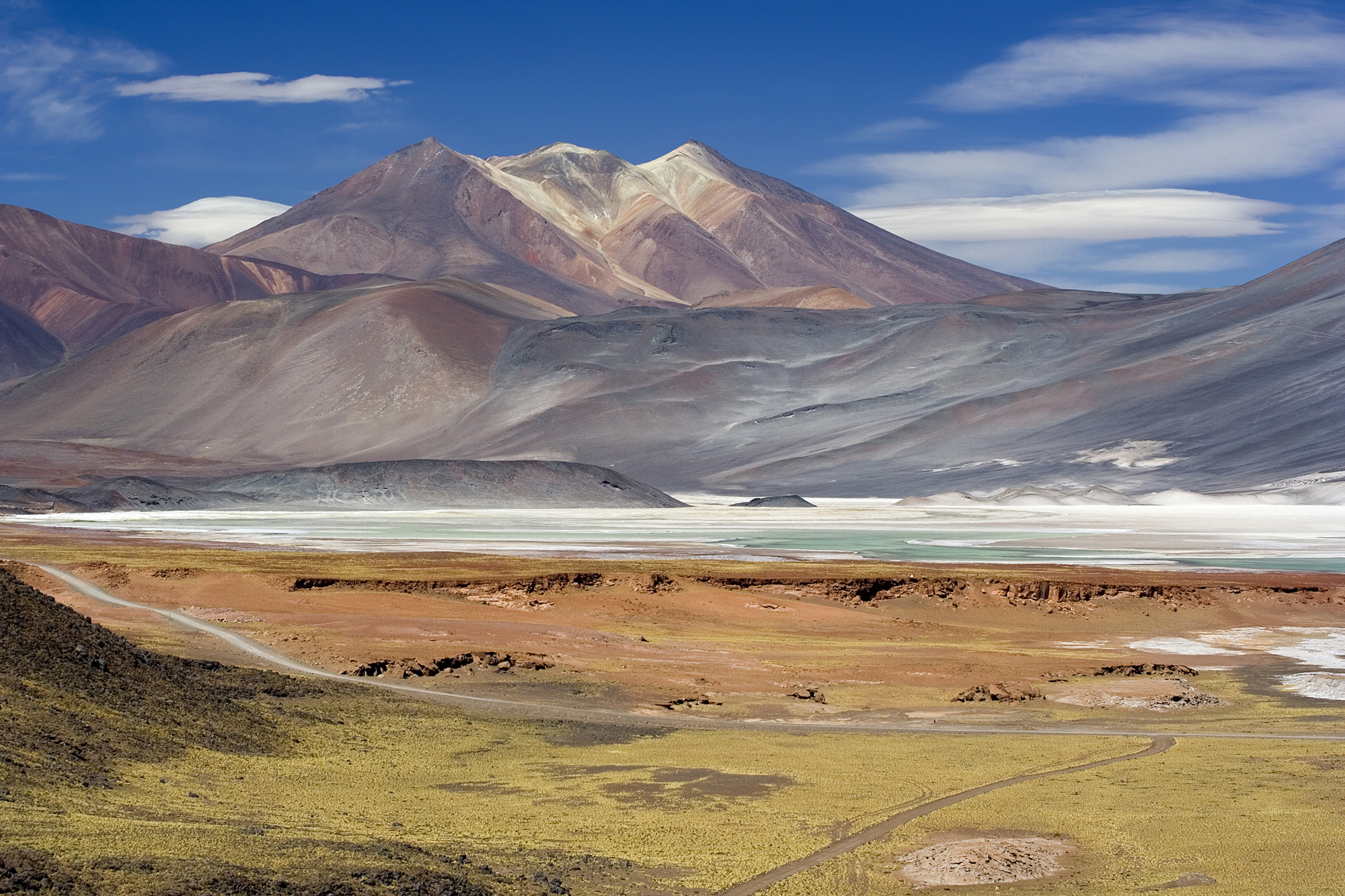
In 2008, the “Geortérmica del Norte” consortium - consisting of the Chilean state mining company ENAP and Codelco and the Italian Enel Green Power - began exploring the “quebrada El Zoquete” field near the El Tatio geothermal field in Region II Chile to build a 40 MW geothermal plant.
Read on this report.
Conversion of lithium chloride into metal
The conversion of lithium chloride into lithium metal takes place in an electrolytic cell with lithium chloride. The chloride is mixed with potassium chloride in a ratio of 55% lithium chloride to 45% potassium chloride to produce a fusible eutectic electrolyte. Potassium chloride is added to increase the conductivity of the lithium while lowering the melting temperature.
On melting and electrolyzing at about 450 ° C, chlorine gas is released while molten lithium rises to the surface of the electrolyte and collects in cast iron housings. The resulting pure lithium is wrapped in paraffin wax to prevent oxidation. The conversion ratio of lithium carbonate to lithium metal is about 5,3 to 1.
Global lithium production
Although Chile and Australia have the world's largest lithium deposits, the USA, Argentina and China are also important producers. The lithium market is dominated by four companies: Sociedad Química y Minera de Chile, Talison of Australia, Chemetall in Germany and FMC in the US.
Lithium carbonate is usually sold with three to five year contracts from mining companies to refineries - which, among other things, produce and market the lithium products mentioned above,
In 2017, the world production of lithium (excluding US production) was 43.000 tons.
The current lithium market - September 2019
LITHIUM will be the most important player in the coming electric car revolution, but tech metal has broken in the difficult times of the recent past.
Price erosion, like so many of Australia's export resources, was dictated by China, where oversupply has led to a drop in prices sufficient to meet other countries' stable and even rising prices.
An insider said oversupply dominated the market. But lithium is not the only metal in which this Chinese approach was observed. In the lithium market is currently a massive oversupply of 6N spodumene concentrate. This has had a restrictive effect on some low-quality lithium products.
The troubling capital investment of young miners and explorers has crystallized as a worrying impact. More and more small mining companies have to give up their projects or leave them to larger, mostly Chinese companies. This will lead to problems in the coming years, similar to the rare earth market. Electromobility is pushing forwards and cries out for more lithium. Similar action is also observed in other markets such as nickel and cobalt.
The Australian Resources and Energy Ministry predicts that Australian lithium production will increase from an estimated 272.266 tonnes over the 2018-19 period to approximately 335.000 tonnes over the 2020-2021 period, taking into account rising output and new refineries.
The dominant oversupply of lithium suggests future demand in the lithium market. The supply chains will have to adapt to the circumstances in the future. Large industrial companies will have to sit down directly with the mining companies through acceptances from the coveted commodities.
However, the current oversupply suggests global production capacity. As a result, production has not yet reached the limit and can continue to supply the market with lithium. This in turn precludes a quick correction of the lithium market upwards. However, it is assumed that the picture will turn in the years 2022 / 2023 and the demand will exceed the offer.
News the big player in the lithium market

Lithium producer Albemarle
US lithium giant Albemarle has announced a drastic reduction in its Australian development plans.
The company discontinued its 75.000 tpa expansion at the Kemerton lithium hydroxide plant near Bunbury in southwestern Western Australia following the reorganization of a contract with MinRes in its Wodgina project.
Albemarle also owns 49 percent of the Greenbushes lithium mine in southwest WA, which is currently in expansion.
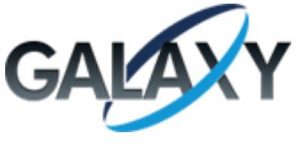
Lithium Producer Galaxy resources
Galaxy Resources also had a difficult year 2019,
when there was a non-cash impairment charge of 222m- $ 274 million after a review of lithium reserves at the flagship Mount Cattin mine in WA.

Lithium Producer Tianqi Lithium
Tianqi Lithium stops its expansion of the world's largest lithium processing plant
Chinese lithium miner Tianqi, one of the world's leading white metal producers, has postponed the plans to complete a second phase of 300 million AUD (186 million) expansion in the world's largest lithium hydroxide plant due to an oversupply of lithium hydroxide the prices continue to drive down.
The company, which officially opened the first stage of its Kwinana plant on Tuesday, said the decision was made to focus on completing the initial phase of the plant rather than reacting to market conditions.
At full production, Kwinana is expected to produce 48.000 tons of battery-grade lithium hydroxide annually and process spodumene concentrate from Tianqi's half-owned Greenbushes Mine in southeastern Perth.
The Chilean Chemical and Mining Society (SQM), the world's second-largest lithium producer, has also shown the impact of low prices. There was a decline in 47,5% to 70,2 million $ last month
The Brazilian lithium producer Sigma is talking to Tesla.
Brazilian lithium startup Sigma Lithium Resources Corp has held discussions with Tesla Inc. and other carmakers about the delivery of the key battery substance in the coming years, the company's chief executive said Thursday.
Sigma, recently granted a license to launch hard-rock lithium mining in Minas Gerais, Brazil, met with Tesla supplier Ganfeng Lithium at the automaker's request. But it is holding back because of the constraints imposed by the Chinese company, Chief Executive Calvyn Gardner said in an interview.
"There are a lot of other things that they need, not just prices, but also other requirements that are a little more complicated, which Sigma limits to delivering almost exclusively to China," said Gardner on the sidelines of a Brazilian mining conference. "It's not really what we want in the long run."
Sigma, one of the world's most cost-effective suppliers of minerals, has also had informal discussions with German car manufacturers Volkswagen and BMW.

The Chilean lithium producer SQM is preparing for the future
Chilean lithium producer SQM expects to invest around 2,1 billion dollars over the next five years to bolster its production amid mounting anticipated demand for ultra-light battery metal, the company told investors in New York on Tuesday.
Around 1,332 billion dollars of this investment would go into lithium operations, with additional amounts flowing into the expansion of nitrate and iodine capacity and maintenance between 2019 and 2023, said Ricardo Ramos, chief executive, in a presentation.
But Pablo Altimiras, SQM's Senior Vice President for the Lithium and Iods Division, said he expects solid demand in the coming years.
"The fundamentals support a vision of significant growth in the years to come," he said.
Ramos said he expected 2025's lithium sales volume to reach 173.000 tonnes through operations in Chile and Australia.
"The growth opportunities in the lithium business could lead to a gross profit contribution of around one billion US dollars by 2025", so the closing words of the presentation.
Moody's sees a six-fold increase in the battery metal market in the 20 years
Demand for metals used in battery-powered electric vehicles could increase sixfold if electric cars reach 20% of road traffic by the mid-8s, delivering huge dividends for producing countries like the Democratic Republic of the Congo, Moody's said Tuesday.
The rating agency said that a global shift to electric vehicles is likely to increase demand for cobalt, the largest producer in the Democratic Republic of the Congo, as well as for lithium, nickel and copper.
However, weak governance in the Central African country could deter investors and ruin their potential, she added in a research note.
Other economies that would take advantage of the electric car project are Chile and the Philippines, followed by Peru, Indonesia and Australia, she said.
The battery boom has the greatest potential to improve the creditworthiness of the Congo, as the production value of these metals would be “extremely large” compared to its economy.
By 2030, cobalt production could account for nearly 16% of the DRC's total GDP last year, more than half of its goods exports and 133% of government revenue, and significantly increase budget and current account balances, Moody's wrote.
The lithium future
Lithium from hard rock advantage
Global lithium production is shifting towards the use of hard rock deposits such as spodumener ore, since hard-rock lithium hydroxide is better suited for use in high-nickel products such as batteries.
Hard rock is also less water-dependent than brine, and due to the high water demand for brine production, it has become a controversial topic in some South American regions.
These and many other factors are likely to cause hard rock lithium production to dominate global production growth and Australia should be at the center of this production.
Although it is not expected a significant increase in prices, but it is the production of Australia.
New supply chains
With supply chains between China, Japan and the EU markets and China and Chile dominating the market as the two main players in Korean markets, a source said that new projects will open new supply chains when the "lithium winter" is over.
"A lot of new Argentine brine projects and Nevada clays are both very exciting for me," he said.
"I think these could become large lithium-producing regions, and in my opinion there will be a number of other projects around the world that serve local supply chains, such as European lithium projects for cathodes in Germany and Eastern Europe."
The future of lithium to 2018 has been a concern among analysts as EV sales are expected to begin around the same time as large-scale lithium recycling.
But that can be of little importance considering the current supply of battery metal compared to the expected demand of the 2020 years.
"We need a lot more lithium out of the ground before lithium recycling becomes relevant," it was said.
Report: Institute for Rare Earths and Metals, Arndt Uhlendorff - September 2019
